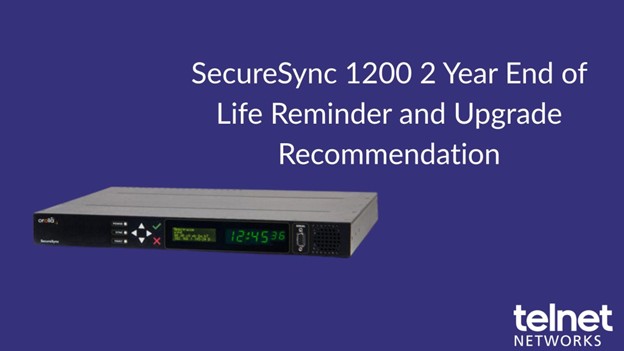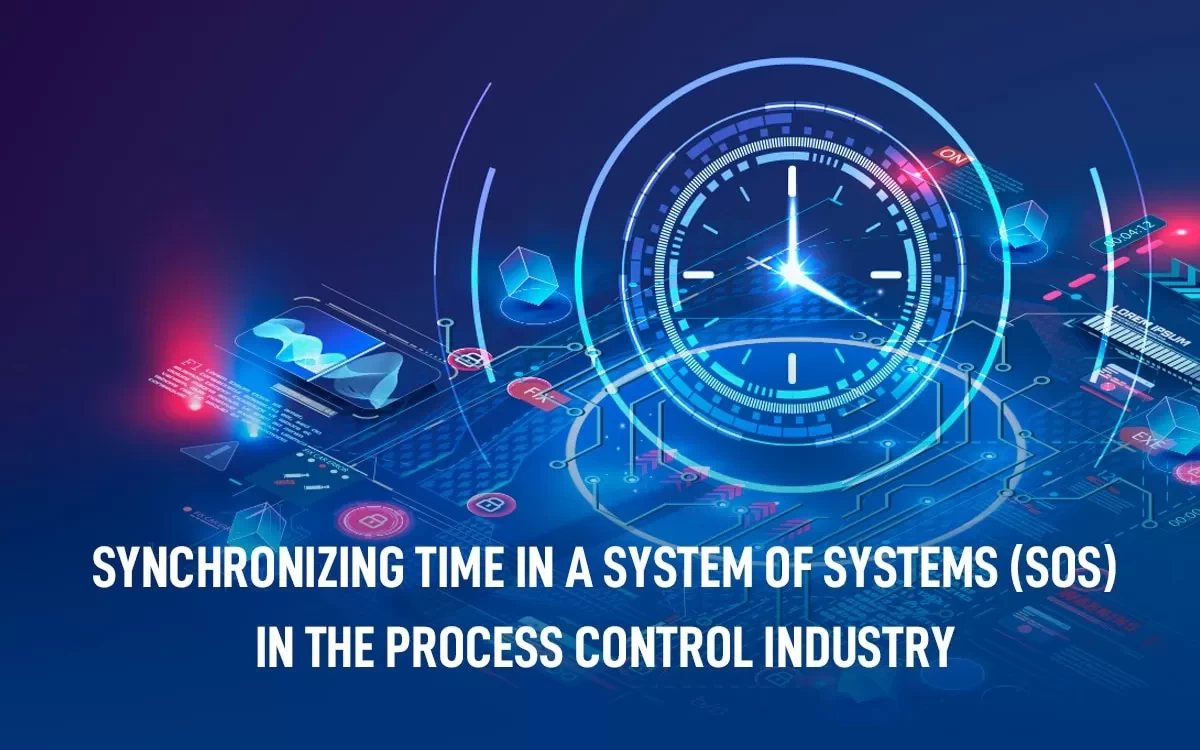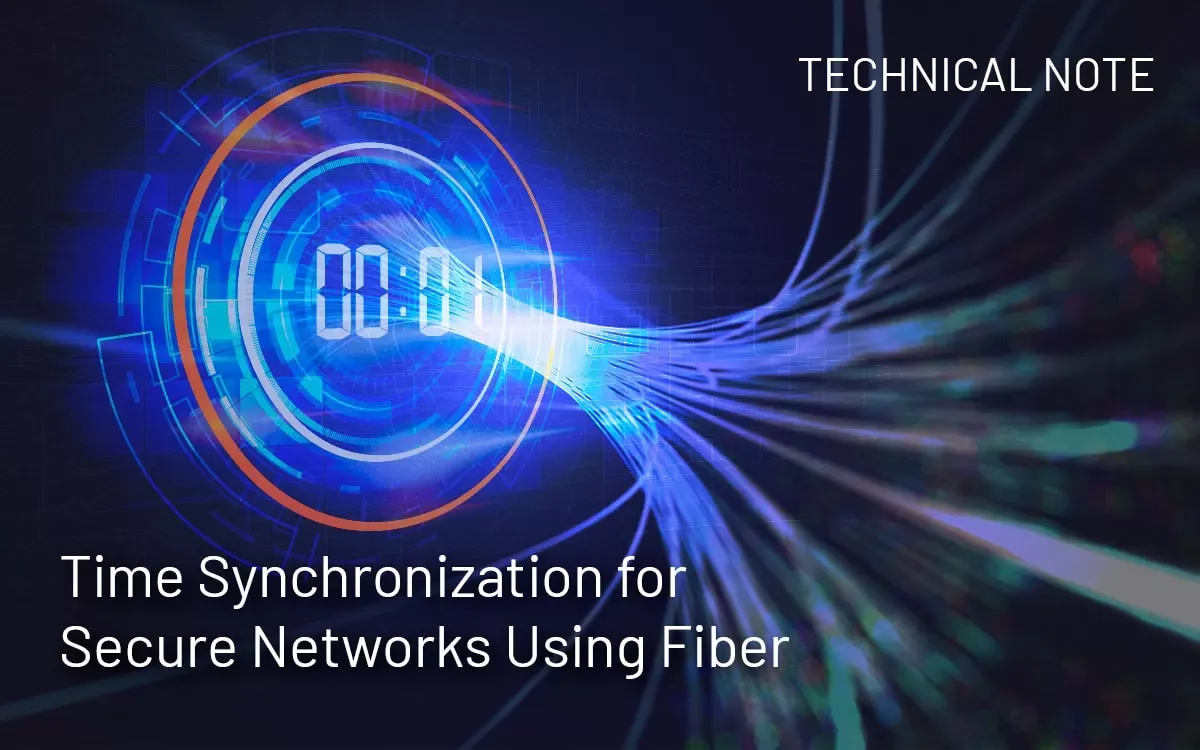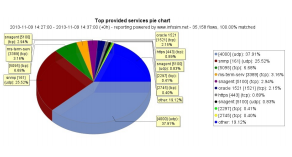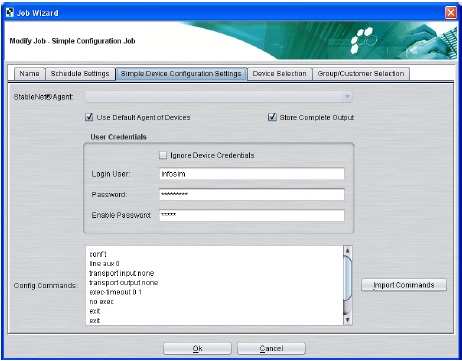Since its launch in 2009, the SecureSync 1200 Series and Netclock 9483 have been trusted, high-performance solutions for organizations requiring precise, secure, and reliable time synchronization. Known for its modular design, proven timing technology, and strong cybersecurity features, it became a top choice across defense, telecom, and critical infrastructure sectors. With end-of-life planned for 2028, now is the time to plan your upgrade.
Upgrade Option 1: SecureSync 2400
Upgrading to the SecureSync 2400 is the natural next step for Safran users. Building on the 1200 Series legacy, it delivers advanced precision time-and-frequency synchronization with strong reliability, flexibility, and security. Designed for demanding environments (-20 °C to +65 °C), it supports up to six option cards for customized outputs and references.
Building on the capabilities of the 1200 series and the NetClock 9483, the SecureSync 2400 introduces several important enhancements that strengthen its reliability and resilience as a timing platform. It delivers the same full NTP and PTP support and security features you expect, while adding key upgrades such as:
- Dual Gigabit onboard Ethernet ports
- White Rabbit support
- Advanced GNSS Interference Detection and Mitigation (IDM)
- FIPS-compliant security architecture with secure boot, signed firmware, and enhanced TLS
Review the available migration guide to understand the differences and similarities between the SecureSync 1200 and the new 2400.
Upgrade Option 2: Bodet NETSILON 7
The Bodet NETSILON 7 is a reliable, cost-effective time-synchronization platform designed for precision and flexibility. It features a TCXO internal time base for exceptional accuracy and stability, plus a modular architecture that supports expansion through option cards for varied input and output needs.
With built-in support for NTP, SNTP, TIME/DAYTIME, IPv4/IPv6, SSH, HTTPS, and SNMP, the NETSILON 7 integrates easily into existing networks. Its secure, on-premises time delivery reduces reliance on internet servers and mitigates cyber risks. Compact and rack-mountable, it fits seamlessly into IT environments, offering dependable timestamping and traceability across a wide range of applications.
Plan Your Next Step
If you have a SecureSync 1200 Series or Netclock 9483 contact our sales team today. We’ll help you find the right timing solution to keep your systems accurate, resilient, and future-ready.

